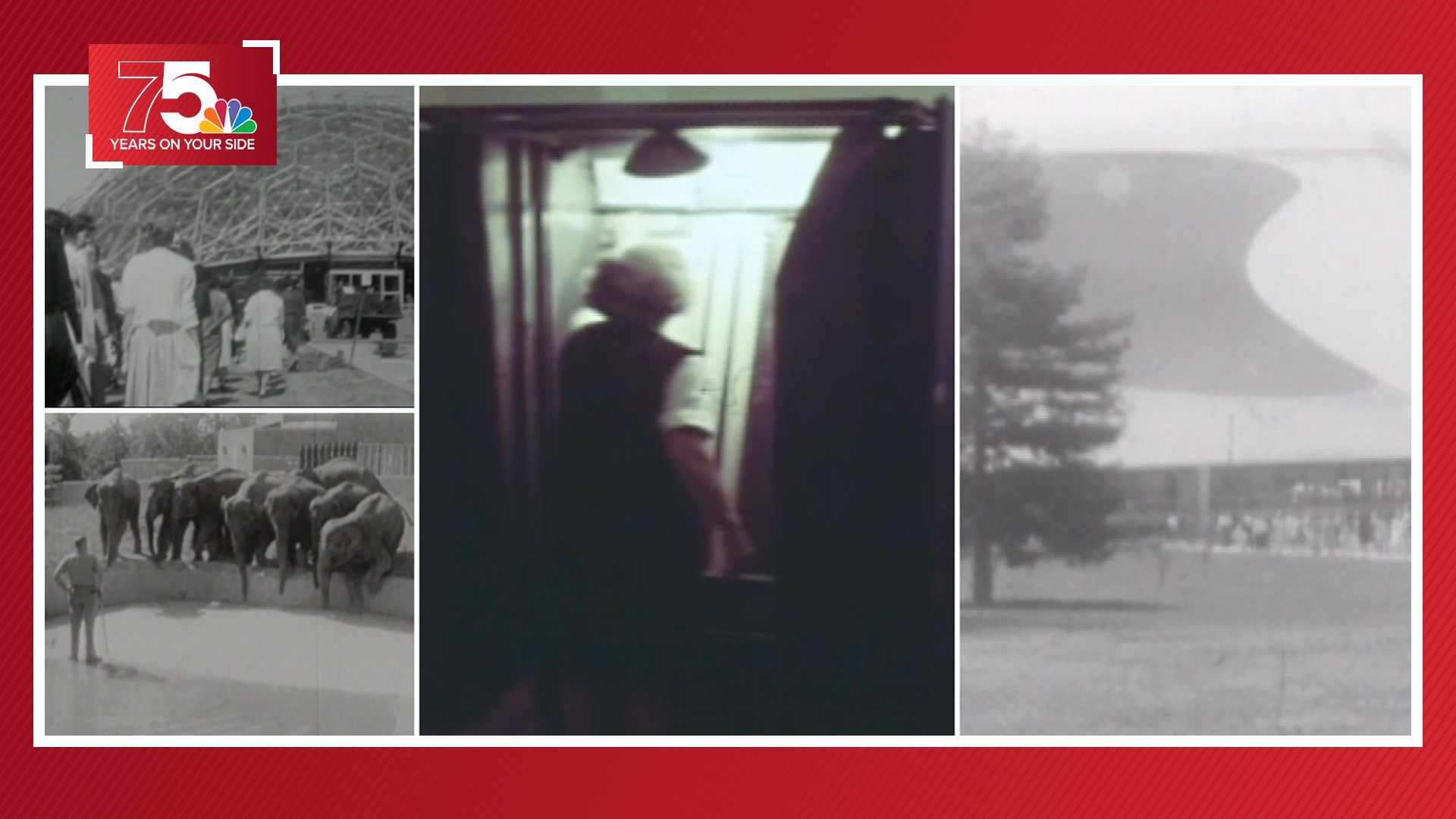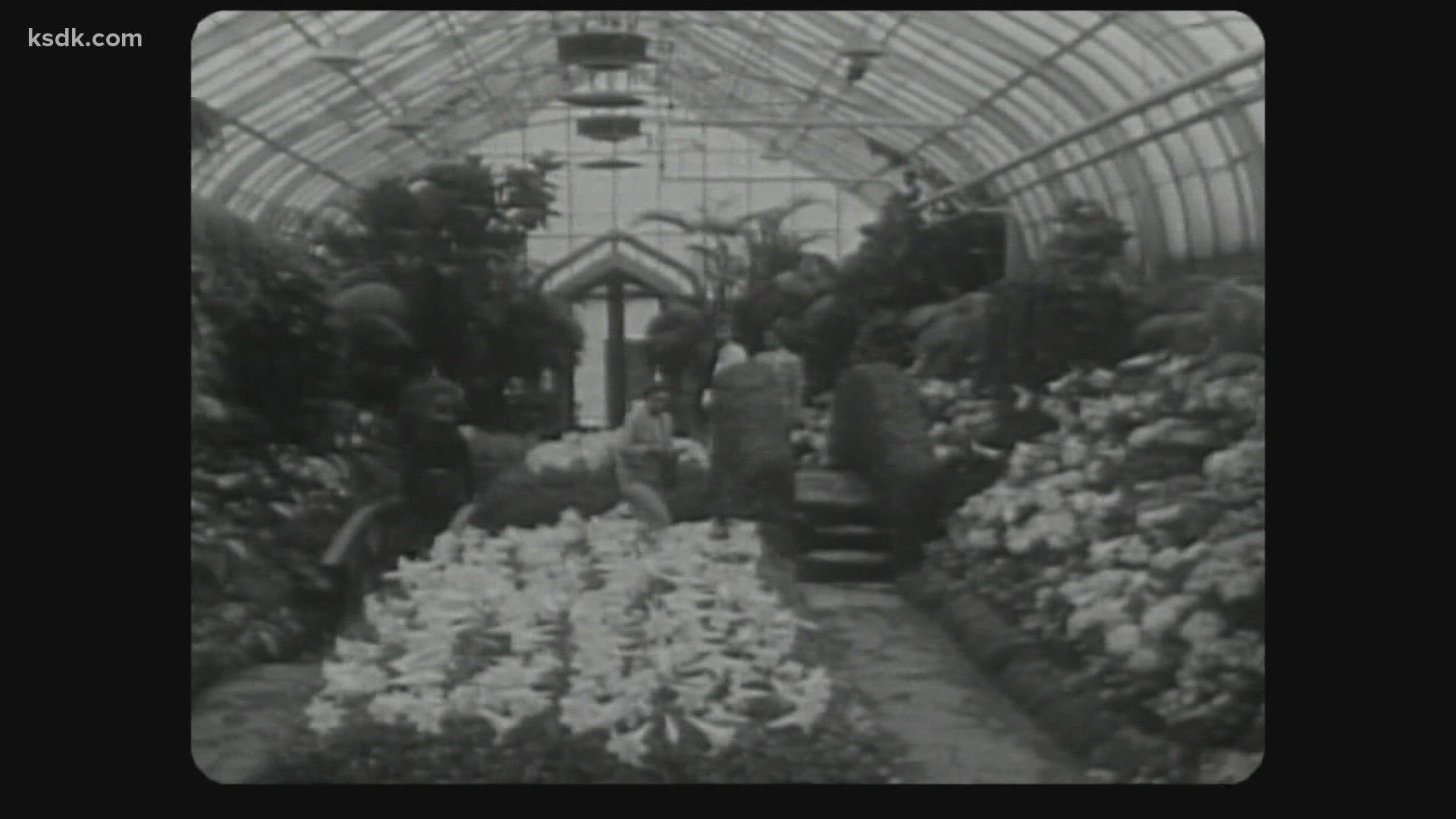A look at the campaign to save the 'crown jewels' of St. Louis
How did a midsize Midwestern city become home to world-renowned institutions like the Saint Louis Zoo and Saint Louis Art Museum? It’s largely thanks to a 1971 vote.

St. Louisans take a lot of pride in their cultural institutions. Just last week, Forest Park was named the best city park in the country in USA Today’s 10Best Readers’ Choice Awards.
We have museums and cultural centers that rival bigger cities, and on top of that, these St. Louis attractions are free to enjoy.
So, how did a midsize Midwestern city become home to world-renowned institutions, like the Saint Louis Zoo and Saint Louis Art Museum? It’s largely thanks to a vote 50 years ago.
Zoo Museum District Saving our points of civic pride
As the population shifted from the city to the suburbs in the late 1960s and early 1970s, more tax support was needed to keep the zoo and museums from falling into disrepair.
Out of that need, the Zoo Museum District was developed, and it landed on the ballot in St. Louis and St. Louis County in 1971. Voters went to the polls – and said yes.
“St. Louisans were committed to these institutions, committing to ensuring that they were the crown jewels of this city,” said Jody Sowell, managing director of public history at the Missouri History Museum, another benefactor of the tax.
The original Zoo Museum District, or ZMD, provided tax support for the zoo, art museum and the then-Museum of Science and Natural History, which later moved locations and became the Saint Louis Science Center.
“I can't imagine Forest Park without the Art Museum and the Science Center and the History Museum and the zoo," Sowell said. "This is a community that has a lot of pride that we can be incredibly proud of, and I think that these institutions are a big part of that.”
Voters allowed the Missouri Botanical Garden and the Missouri History Museum to enter the tax district in 1983 and 1987. In 1983, citizens also voted to increase the maximum authorized property tax rates for the Science Center, Zoo and Art Museum.
"I think it shows you how much this community has understood that these institutions aren't just places we go. They really are part of the definition of St. Louis," Sowell said.
But not all the ZMD ballot issues have been given the green light. Voters rejected a proposed tax rate increase for the Science Center in 1989 and declined to authorize rate increases for the Botanical Garden in 1989 and 1993.
Zoo Museum District issues have not appeared on election ballots since 1993.
Even still, the tax collected more than $85 million in 2020 for the five cultural institutions it supports.
5 at 75 Anniversary celebration
We are continuing to remember the biggest moments in St. Louis history over the last 75 years as 5 On Your Side celebrates its 75th anniversary in 2022. Take a walk back in time with some of the biggest stories from each decade:
Be sure to learn more about our banner show at locations throughout the Bi-state.
Find complete 5 On Your Side anniversary coverage, stories and videos at ksdk.com/75.


